- myFICO® Forums
- FICO Scoring and Other Credit Topics
- Understanding FICO® Scoring
- Re: what does it mean: Number of bank/national rev...
- Subscribe to RSS Feed
- Mark Topic as New
- Mark Topic as Read
- Float this Topic for Current User
- Bookmark
- Subscribe
- Mute
- Printer Friendly Page
what does it mean: Number of bank/national revolving accounts with balances
Is your credit card giving you the perks you want?
Browse credit cards from a variety of issuers to see if there's a better card for you.
- Mark as New
- Bookmark
- Subscribe
- Mute
- Subscribe to RSS Feed
- Permalink
- Report Inappropriate Content
what does it mean: Number of bank/national revolving accounts with balances
Hey guys,
I think I am missing an important point regarding the credit score with this factor:
Number of bank/national revolving accounts with balances
I keep my utilization under 10% to 15% and pay off each card the same day that I receive the statements. from my 10 cards I use 3 occasionally (mostly 0% utilization and use them only to keep them open)
but I get this "too many cards with balances" all the time and it lowers my credit score.
I also do not know what the statement cut date means, and it probably has to do with this problem.
Here is the full explanation of the factor:
Number of bank/national revolving accounts with balances
FICOScores consider the number of credit card accounts with balances that a person has in their credit report, including balance amounts that appear from the most recent account statements—even if that balance was paid off. Your FICO Score was impacted because of the number of credit card accounts with balances that you have.
I'd appreciate it if you can guide me on how to deal with this issue and manage the credit cards to tackle it.
Thank you
- Mark as New
- Bookmark
- Subscribe
- Mute
- Subscribe to RSS Feed
- Permalink
- Report Inappropriate Content
Re: what does it mean: Number of bank/national revolving accounts with balances
The amount on your statement is what is reported to the bureas in MOST cases (there are some cards that have report dates that are different from statement dates US Bank and Elan financial report the balance from the last day of the month). If this amount is not zero then you are actually reporting a balance and showing utilization, for optimal scores you would want only 1 card to report a balance.
- Mark as New
- Bookmark
- Subscribe
- Mute
- Subscribe to RSS Feed
- Permalink
- Report Inappropriate Content
Re: what does it mean: Number of bank/national revolving accounts with balances
So, does it mean that I need to pay off the card before the report date? thus, the statement balance should be zero?
- Mark as New
- Bookmark
- Subscribe
- Mute
- Subscribe to RSS Feed
- Permalink
- Report Inappropriate Content
Re: what does it mean: Number of bank/national revolving accounts with balances
@Anonymous wrote:So, does it mean that I need to pay off the card before the report date? thus, the statement balance should be zero?
Yes, pay them off before the due date, and if you want them to report zero, then pay off any late charges which have trickled in between your payment and the day the statement is due to be cut. That said, many folks here advocate AZEO (I'm not one of them), in which case, let all of your cards report zero except for a very low (say under $50) balance on one card.
Chapter 13:
- Burned: AMEX, Chase, Citi, Wells Fargo, and South County Bank (now Bank of Southern California)
- Filed: 26-Feb-2015
- MoC: 01-Mar-2015
- 1st Payment (posted): 23-Mar-2015
- Last Payment (posted): 07-Feb-2020
- Discharged: 04-Mar-2020
- Closed: 23-Jun-2020
I categorically refuse to do AZEO!


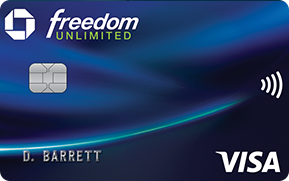
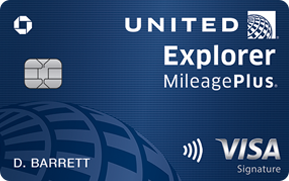

In the proverbial sock drawer:



- Mark as New
- Bookmark
- Subscribe
- Mute
- Subscribe to RSS Feed
- Permalink
- Report Inappropriate Content
Re: what does it mean: Number of bank/national revolving accounts with balances
@Anonymous wrote:Hey guys,
I think I am missing an important point regarding the credit score with this factor:
Number of bank/national revolving accounts with balances
I keep my utilization under 10% to 15% and pay off each card the same day that I receive the statements. from my 10 cards I use 3 occasionally (mostly 0% utilization and use them only to keep them open)
but I get this "too many cards with balances" all the time and it lowers my credit score.
I also do not know what the statement cut date means, and it probably has to do with this problem.
Here is the full explanation of the factor:
Number of bank/national revolving accounts with balances
FICOScores consider the number of credit card accounts with balances that a person has in their credit report, including balance amounts that appear from the most recent account statements—even if that balance was paid off. Your FICO Score was impacted because of the number of credit card accounts with balances that you have.
I'd appreciate it if you can guide me on how to deal with this issue and manage the credit cards to tackle it.
Thank you
FICO likes less than 50% of the total cards reporting a balance. Use the cards all you want for the perks. But pay them off before statement cuts. The fewer accounts reporting, the better it is. Points gained. You can use as much as you want of the card. The util part is the % that is reported. Not what you charged in a billing cycle. Good Luck!
- Mark as New
- Bookmark
- Subscribe
- Mute
- Subscribe to RSS Feed
- Permalink
- Report Inappropriate Content
Re: what does it mean: Number of bank/national revolving accounts with balances
@Horseshoez wrote:
@Anonymous wrote:So, does it mean that I need to pay off the card before the report date? thus, the statement balance should be zero?
Yes, pay them off before the due date, and if you want them to report zero, then pay off any late charges which have trickled in between your payment and the day the statement is due to be cut. That said, many folks here advocate AZEO (I'm not one of them), in which case, let all of your cards report zero except for a very low (say under $50) balance on one card.
The due date is key here. If you are pushing a payment from your bank it needs to have posted with balance updated by the due date. If you are logging online to your credit card account and pulling a payment from your bank you can typically do that before the online cutoff time on the due date (varies by issuer, can be anywhere from late afternoon EDT/EST to midnight EDT/EST) and have the payment be credited on that date even if it isn't processed for another 1-2 days.
IMO under normal circumstances AZEO is functionally usually more trouble than it's worth unless someone is in a position where they need to eke out every last FICO point, for example if they are right at or very near a threshold of qualifying for a lower rate on an upcoming mortgage application.
FICO 8 (EX) 850 (TU) 850 (EQ) 850
FICO 9 (EX) 850 (TU) 850 (EQ) 850
$1M+ club
Artist formerly known as the_old_curmudgeon who was formerly known as coldfusion
- Mark as New
- Bookmark
- Subscribe
- Mute
- Subscribe to RSS Feed
- Permalink
- Report Inappropriate Content
Re: what does it mean: Number of bank/national revolving accounts with balances
say for my card the statement is cut by the 10th of every month and the due date is on the 20th (just for instance). So, the best payment policy would be to pay the whole balance off before the 10th? then the statement balance would be 0?
(I definitely always pay off before the due date, but it is not enough)
if not then when would be the best time to pay the card off in the above scenario?
- Mark as New
- Bookmark
- Subscribe
- Mute
- Subscribe to RSS Feed
- Permalink
- Report Inappropriate Content
Re: what does it mean: Number of bank/national revolving accounts with balances
@Anonymous wrote:say for my card the statement is cut by the 10th of every month and the due date is on the 20th (just for instance). So, the best payment policy would be to pay the whole balance off before the 10th? then the statement balance would be 0?
(I definitely always pay off before the due date, but it is not enough)
if not then when would be the best time to pay the card off in the above scenario?
You wouldn't find a senario with those dates in real life, but we'll work with them here as an exercise. The difference between the statement and due dates are known as the grace period and in real life is usually somewhere around 23-25 days.
Your statement (which tells you how much you owe) is dated on the 10th, and it specifies the 20th as the due date. That means that the entire balance as reported on the 10th has to be received and processed by the card issuer by the 20th for the account to report a $0 balance. Mailing a check on the 20th, or pushing a payment from your bank on the 20th, won't count.
FICO 8 (EX) 850 (TU) 850 (EQ) 850
FICO 9 (EX) 850 (TU) 850 (EQ) 850
$1M+ club
Artist formerly known as the_old_curmudgeon who was formerly known as coldfusion
- Mark as New
- Bookmark
- Subscribe
- Mute
- Subscribe to RSS Feed
- Permalink
- Report Inappropriate Content
Re: what does it mean: Number of bank/national revolving accounts with balances
@Anonymous wrote:say for my card the statement is cut by the 10th of every month and the due date is on the 20th (just for instance). So, the best payment policy would be to pay the whole balance off before the 10th? then the statement balance would be 0?
(I definitely always pay off before the due date, but it is not enough)
if not then when would be the best time to pay the card off in the above scenario?
It should be noted that if ALL of your accounts report a zero balance you would get a scoring penalty.
So the more zero balances, the better, except that you should let at least one account report a small balance before you pay it off.
If you want to avoid being penalized for having too many accounts reporting balances, you should have the majority of them reporting zero balances.
And if you want to have the absolutely optimal number of accounts reporting balances, that number would be one.

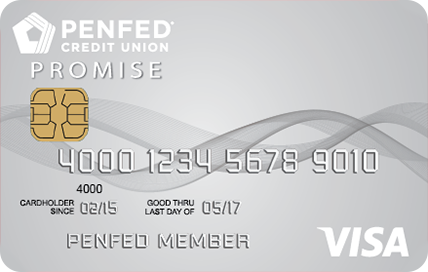

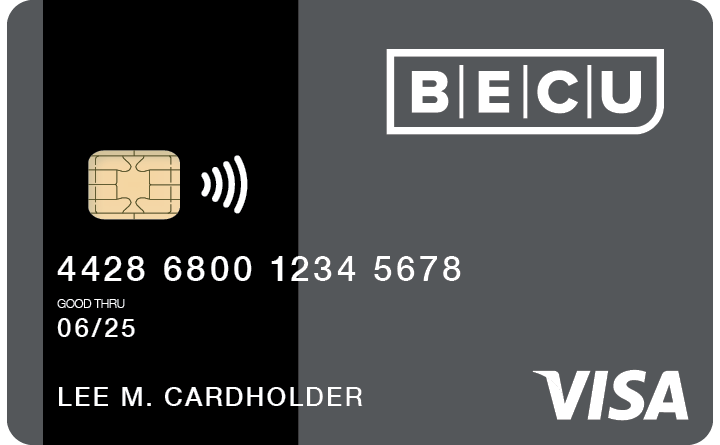
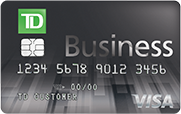


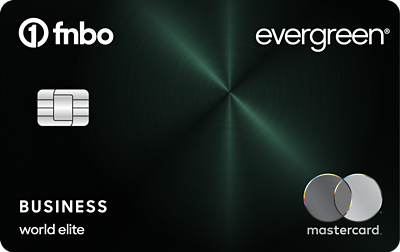
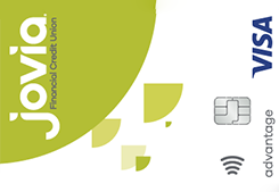
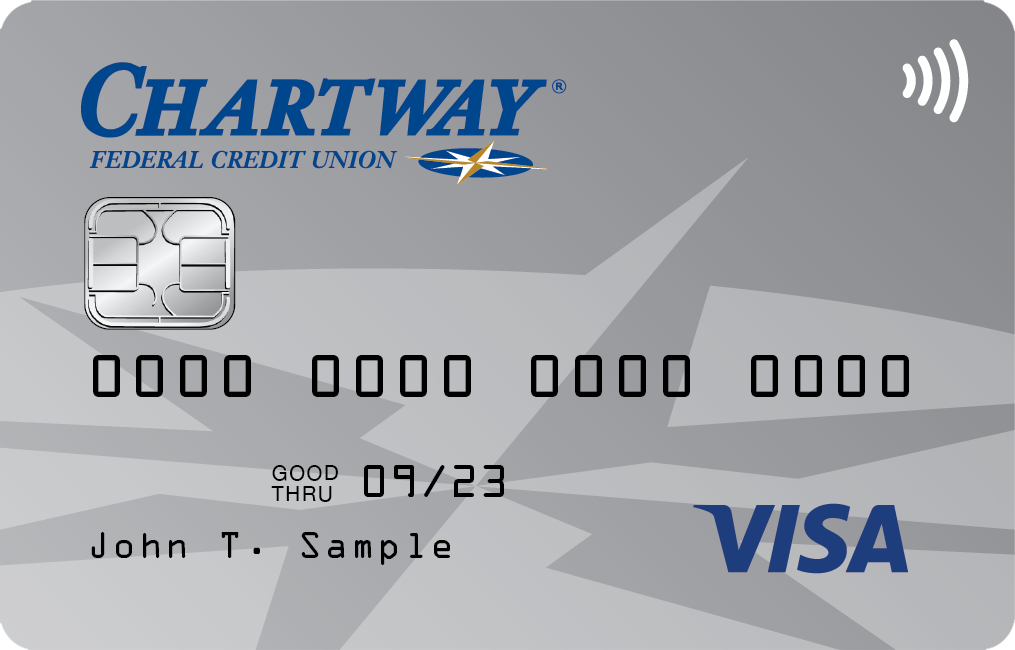


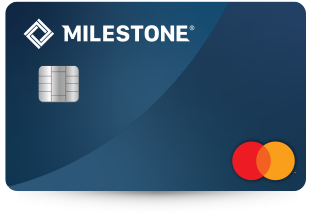
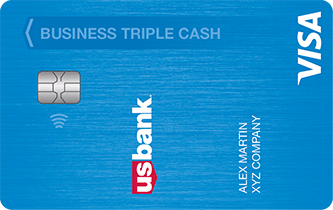

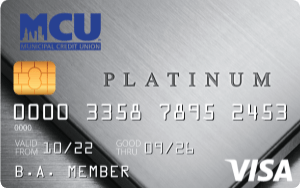
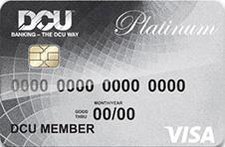

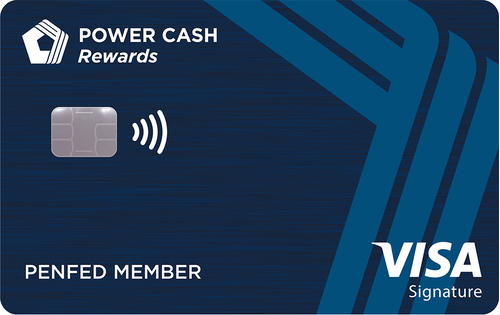
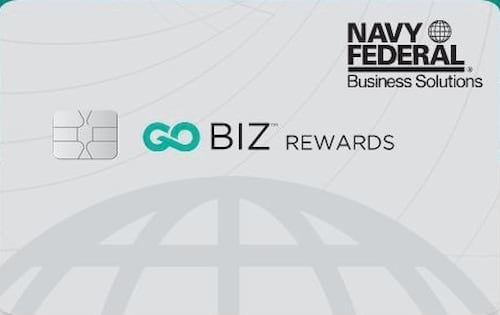

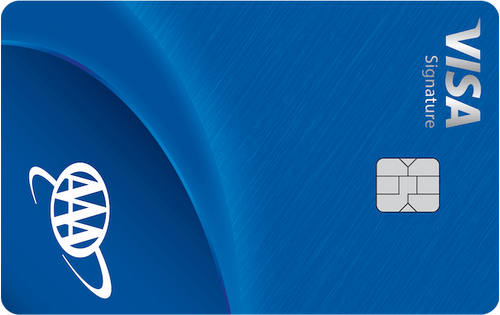
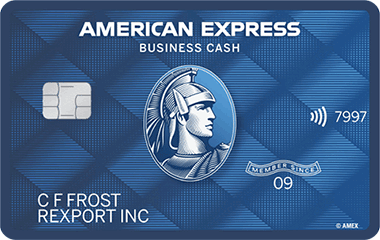
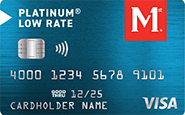
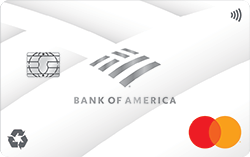


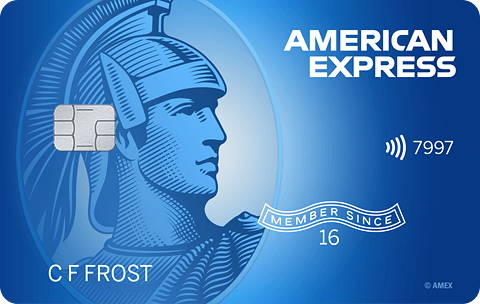
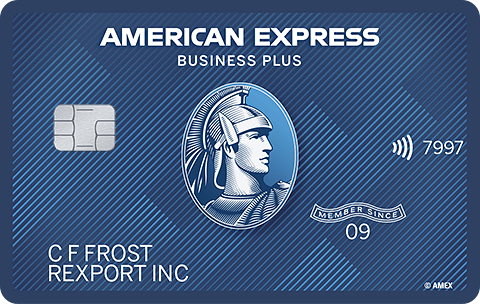



Total revolving limits 569520 (505320 reporting) FICO 8: EQ 696 TU 684 EX 676
- Mark as New
- Bookmark
- Subscribe
- Mute
- Subscribe to RSS Feed
- Permalink
- Report Inappropriate Content
Re: what does it mean: Number of bank/national revolving accounts with balances
@coldfusion wrote:
@Anonymous wrote:say for my card the statement is cut by the 10th of every month and the due date is on the 20th (just for instance). So, the best payment policy would be to pay the whole balance off before the 10th? then the statement balance would be 0?
(I definitely always pay off before the due date, but it is not enough)
if not then when would be the best time to pay the card off in the above scenario?
You wouldn't find a senario with those dates in real life, but we'll work with them here as an exercise. The difference between the statement and due dates are known as the grace period and in real life is usually somewhere around 23-25 days.
Your statement (which tells you how much you owe) is dated on the 10th, and it specifies the 20th as the due date. That means that the entire balance as reported on the 10th has to be received and processed by the card issuer by the 20th for the account to report a $0 balance. Mailing a check on the 20th, or pushing a payment from your bank on the 20th, won't count.
@coldfusion Are you sure this is right? If OP pays after statement (The 10th in their example), the balance won't be zero. Statement balance is what reports, isn't it?



EQ FICO 9 - 770
EX FICO 9 - 758
Citi (2) | Discover | HSBC | BOA | NFCU (2) | WF (2) | Simmons Bank | FNBO (2) | PENFED | BBVA | US Bank | Lowes | Care Credit | Home Depot AU